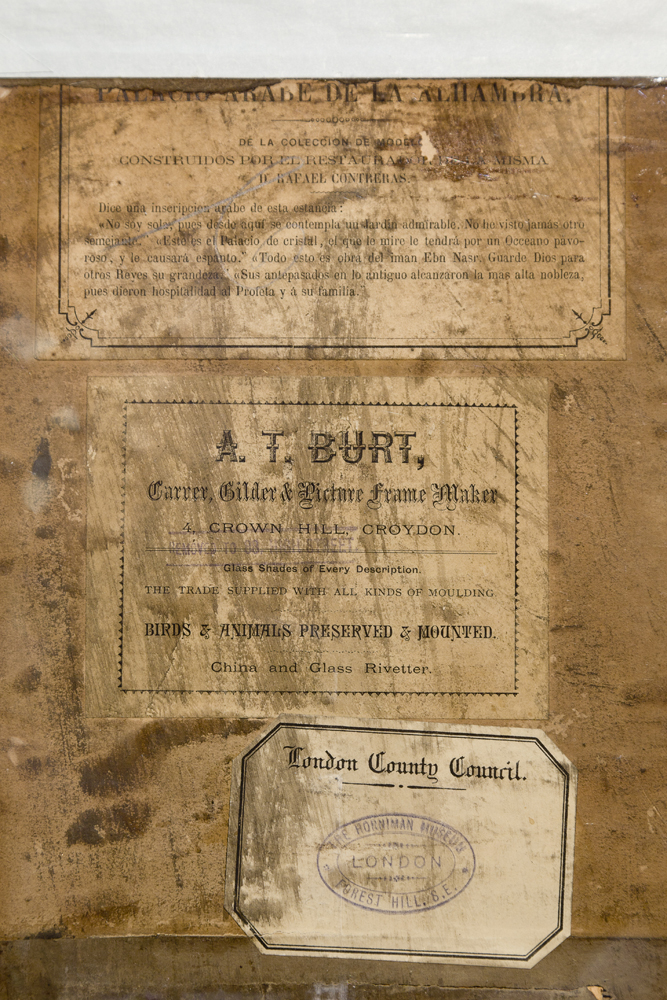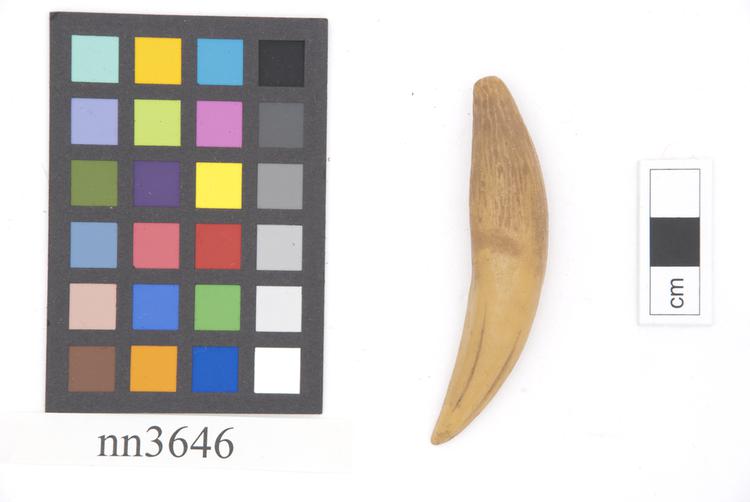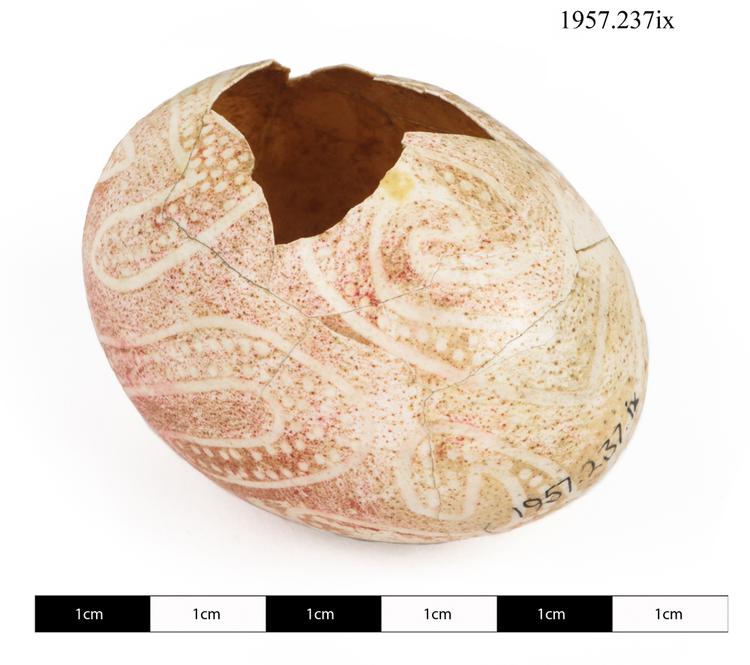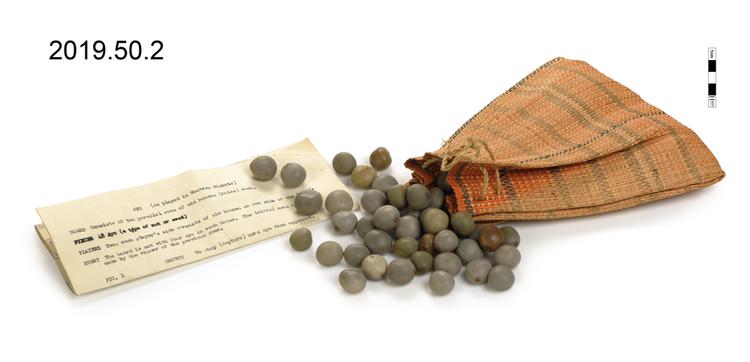
Nineteenth-century framed plaster model based on a window of the Alhambra Palace, Granada. The window is the one known as “El mirador de Lindaraja”. The name in Arabic means “The Aixa´s eyes”, because through this window it was possible to see all Granada, making it the most attractive place for romantic travellers in the 19th century. The model shows a single window with curved top, recessed within an larger architectural surround. The surface of the model has largely been painted in red, blue, and purple, with considerable detail added in gold gilt. The lower portion of the model has been decorated to suggest tile work, showing geometric patterns in white, black, blue, and yellow. Script, likely in Arabic, runs along the right, left, and top edge of the model, with additional script around the window. On the proper left side of the model is a small panel containing the text: 'Reduccion de la Alhambra por Contreras', referring to the maker Robert Contreras. The model is hung within a deep wooden frame and protected by glass. On the reverse of the frame is a piece of paper with printed text in Spanish. In translation, the text reads: “Arabesque details copied from the Palace of the Alhambra. Collection of models, made by the restorer of the Palace Don Rafael Contreras. One inscription in this room reads: 'I am not alone because from here I can see a wonderful garden. I have never seen any other like this one. This is a crystal palace; anyone who looks at it will think that it is an Ocean, and will feel fear. Everything was made by the Iman Ibn Nars, God save for other Kings his magnificence.”
May have been purchased at the Alhambra Palace in 1884, when FJH signed the visitors' book there.





















































































































































































































































































































































































































































































































